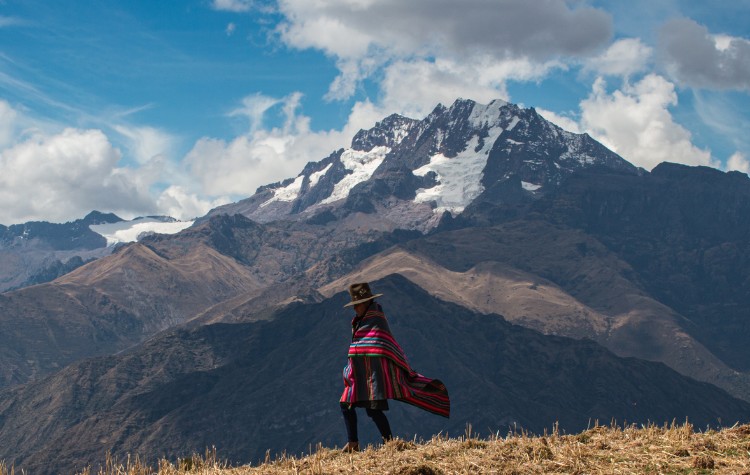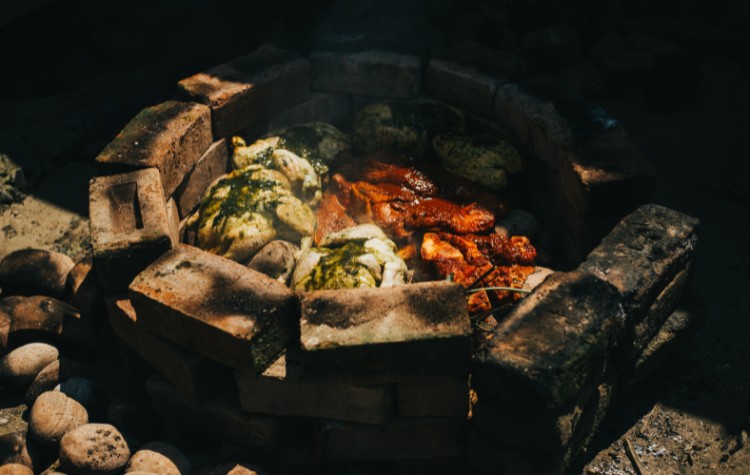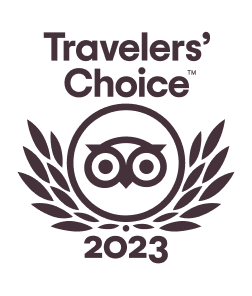
Spanish may be the official language of Peru, but it’s actually just one of the many languages spoken in the country. In fact, we recommend learning some useful Quechua phrases as it is the most commonly spoken language after Spanish. The language of the Incas, Quechua is often the sole language of rural communities in Peru, particularly in Andean towns.
If your Machu Picchu itinerary with Kuoda includes a visit to remote areas, you will be accompanied by a guide who speaks Spanish and Quechua. However, it’s also a good idea to know a few simple phrases in Quechua yourself to better connect to locals and enrich your experience.
Useful Quechua Phrases To Know Before Traveling To Peru
• About the Language

The principal language of the Incas, Quechua originated in Peru long before the powerful empire and managed to endure the Spanish invasion in the 16th century. There are approximately 4 million Quechua speakers in Peru today with 8-10 million total in all of South America. Countries such as Argentina, Bolivia, Brazil, Chile, Colombia, and Ecuador are also home to Quechua speakers, making it one of the most commonly spoken languages on the continent.
Only as recently as 1975 was Quechua recognized as an official language in Peru. In the past decade, national schools and institutions have played a part in rescuing the ancient language from being lost.
As you’ll observe in the following collection of useful Quechua phrases, the indigenous language is structured quite differently than the English subject-verb-object sentence order. Words and phrases in Quechua are often formed by using a root word and adding suffixes. The more you familiarize yourself with the root words, it becomes evident how much Quechua speakers use metaphors, resulting in a very poetic language.
• Greetings and Farewells

While there are various dialects of Quechua spoken in Peru, we will focus on the dialect used in the Cusco region as this is where most travelers will come across with native speakers. Here are a few Quechua expressions used for greetings and farewells:
Rimaykullayki – Hello (general greeting)
Allillanchu? – How are you?
Allillanmi – I’m well
Iman sutiyki? – What’s your name?
Noqaq sutiymi _____ – My name is ______
Tupananchikama – Goodbye for now; until next time
• Shopping

Andean communities produce some of the most breathtaking textiles in Peru. Naturally dyed fibers (alpaca and sheep’s wool) are woven to tell intricate and personal stories through imagery, be it in a skirt, shawl or chullo (beanie). Surely you will want to pick up a few souvenirs to bring home, and these Quechua expressions will be helpful while shopping.
Munay – Love
Hayka – How much
Huk – One
Iskay – Two
Kinsa – Three
Tawa – Four
Pisqa – Five
Soqta – Six
Qanchis – Seven
Pusaq – Eight
Esqon – Nine
Chunka – Ten
Ari – Yes
Manan – No
• Getting Around

During your customized Peru journey with Kuoda, a guide will always accompany you. However, you may want to practice your Quechua and show the locals your appreciation and respect by striking up a conversation in their native tongue. Here are a few Quechua phrases regarding location and directions.
Maypi? – Where?
Imainatan chayayman _____ ? – How do I get to _____ (no need to translate names of landmarks or specific places, i.e. Plaza de Armas)
I understand. – Yuyachasani
I don’t understand – Mana umay yuyachanchu
• Dining

Peru is one of the top gastronomic destinations in the world, and a large portion of the incredible ingredients used in traditional and contemporary cooking comes from the Andean highlands. Corn, tubers, grains, and pseudo-grains (quinoa, kiwicha) are just some of the tasty crops that thrive in the Cusco region. Don’t miss your chance of trying authentic flavors and dishes while visiting the remote Andean communities!
Ima mihunacha kashan? – What is there to eat?
Ch’akipaq imachan kashan? – What is there to drink?
Somaq Mihuna – This is tasty food
Kaysaypac – To live (can be used when making a toast)
Añay – Thank you
Maypi hishpana wasi? Maypi akana wasi? – Where is the toilet?
• Quechua Words You Already Know

Quechua predates Spanish in Peru, so it’s no surprise that a portion of the ancient vocabulary has made its way into the language of the conquerors. There are also numerous famous sites in Peru that we refer to using their Quechua names. Here are a few examples of commonly used words and popular sites in Peru that are in Quechua. If you speak a bit of Spanish, you may already know a few!
Machu Picchu – Old mountain
Wayna Picchu – Young mountain
Kancha – soccer field (spelled ‘cancha’ in Spanish)
Ch’ullu – beanie, typically with ear flaps (spelled ‘chullo’ in Spanish)
Karpa – tent (spelled ‘carpa’ in Spanish)
Chakra – field with crops (can be spelled ‘chacra’ in Spanish)
Papa – potato
Choccllo – large-kerneled Cusco corn (spelled ‘choclo’ in Spanish)
Alpaca/Llama – the adorable and photogenic camelids travelers love!
Experience Peru with Kuoda
Practice makes perfect! Wherever your travels may take you, enjoy these beautiful languages for what they are, even practice before making your trip, learn new ways of expression, and go back home with a more profound meaning of travel. – All the means to celebrate your deeper understanding of other cultures and languages.
Contact the team at Kuoda Travel today to discuss your Peru family trip. We’ll take care of planning the details, leaving you more time to practice your Spanish (and Quechua!) before you go.
Peru’s Northern Beaches Travel Guide: Your Adventure-Filled Getaway
Bask in the northern BEACHERGOER’S PARADISE, With its dependable year-round sunshine, pristine coastline, s...
Read PostThe Most Eco-Friendly Hotels in South America For The Responsible Traveler
For the eco friendly hotels in South America, responsible travel in hospitality is not just a trend but a nece...
Read PostExplore Peru’s Sacred Valley: A Journey Through Incan Wonders
Experience a land BLESSED BY INCAS, Tucked away in the Andean foothills of Peru lies the historic Sacred Vall...
Read Post

 Call
Call 























